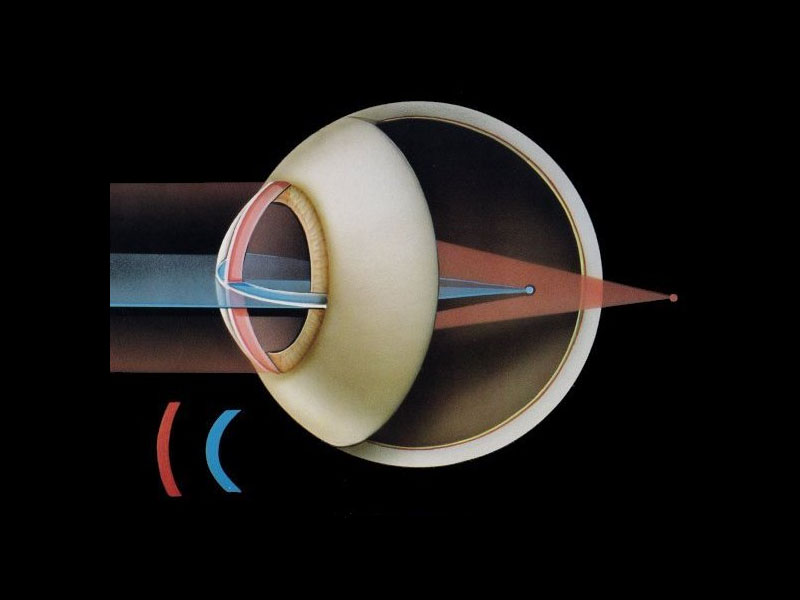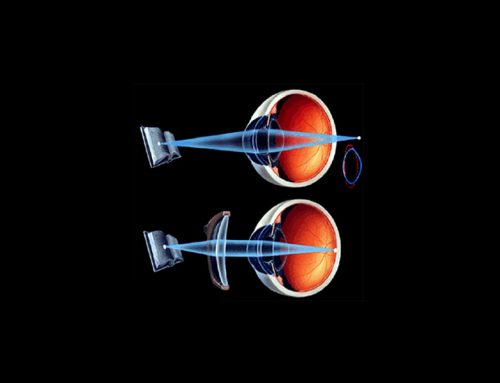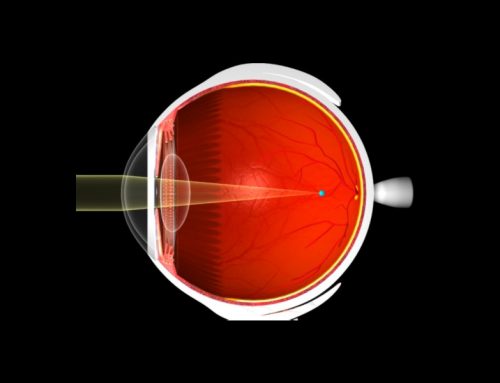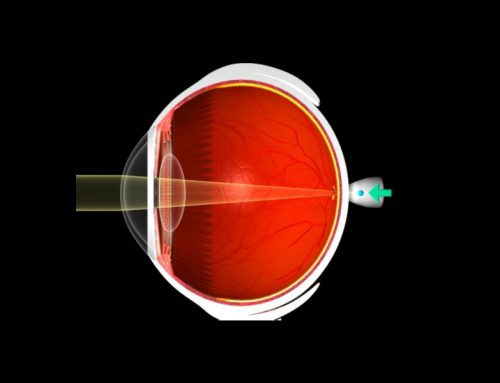ASTIGMATISM
Astigmatism is a condition of the eye in which commonly, the cornea (the clear covering of the front of the eye) has an irregular curve, causing out-of-focus vision.
Normally the cornea is smooth and equally curved in all directions and therefore, light entering the cornea is focused equally on all planes. In
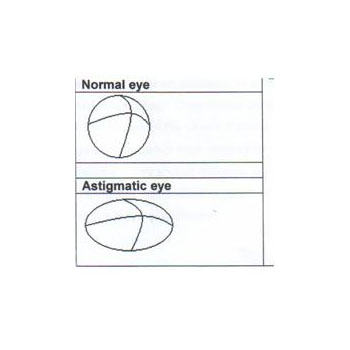
astigmatism, the front surface of the cornea is curved more in one direction than in the other. This abnormality may result in vision that is much like looking into a distorted image.
In addition, the orientation of the astigmatism curvature will contribute to various type of blurriness. Basically, it can be divided into 3 categories, “With the Rule Astigmatism”, “Against the Rule Astigmatism”, and “Oblique Astigmatism”.
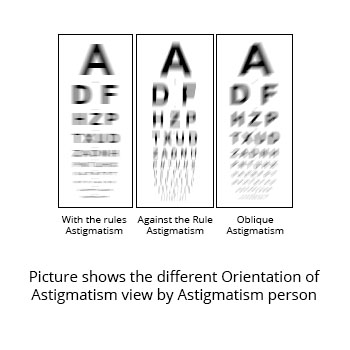
The different orientation of the astigmatism differs for each individual. Therefore, two persons who have same degree of astigmatism may not see the same, because of the orientation of the astigmatism.
People who are moderately or severely astigmatism may need to be corrected with cylindrical lenses in eyeglasses or toric contact lenses. It may also be corrected by refractive surgery, such as LASIK.

The cause of astigmatism is still unknown. It is usually present from birth, and often occurs together with myopia or hyperopia.
Most of the time, an astigmatism person may squeeze the eyelid to see better.
By narrowing the eyelid, the abnormal curvature of the eye will be minimized and therefore reducing the irregular light from entering the eye.
Most people have some degree of astigmatism. Slight amounts of astigmatism usually don’t affect vision and don’t require treatment. However, larger amounts cause distorted, blurred vision, eye discomfort and headaches.
Children who are astigmatism may have a higher risk for amblyopia (also known as “lazy eye”). Therefore, it is important for children to have eye screening when they are young.

